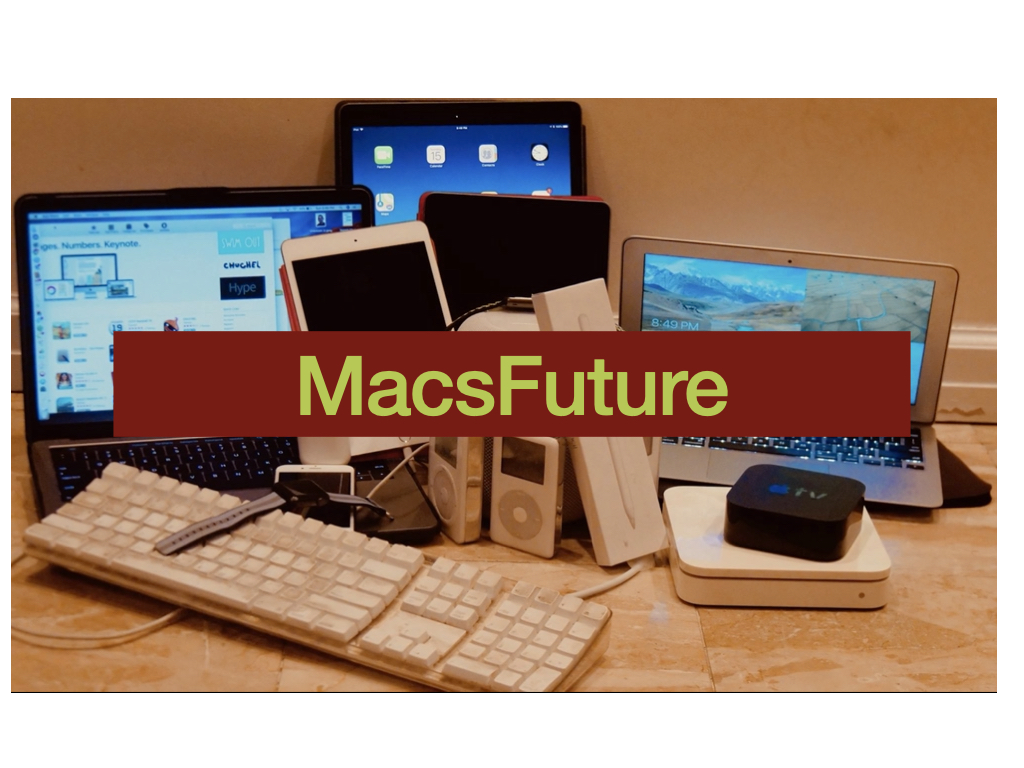One of the reasons I signed up for the Micro.Blog service is because recently it created a great way to podcast using a new free app on the iPhone, Wavelength. You pay $10 per month for Micro.Blog to host the podcast and it automatically creates a podcast feed that you can put into iTunes and other podcast apps. (More of that later in this post).
The app is pretty straight forward and it works with the built in mic on the iPhone but also with microphones that are connected to the iPhone.
This is what the Wavelength app looks like when you add it and open it.

Here I have the the first podcast that I created.

An Overview.
If you click on one of your podcast episodes, like I did above, you get the sub audio files that are part of that podcast episode. On of the cool things is you can rearrange the sub-audio files for the podcast episode. When you send the episode up to Micro.Blog’s servers, it stitches them together.
But how do you add intro music, or zingers or other audio files that you didn’t record on the microphone to your podcast episode?

If you click on the + sign when you are editing a podcast episode, you can add a new recording to that episode or you can add a file. Well adding a file is how you add music or a prerecorded opening or prerecorded ending.
On my iPhone, when I click that Files button, I get the following “Locations” on my iPhone that I can open. See below.

I am not sure why other cloud services are not being shown, like Dropbox or Google Drive. (Note that BitTorrent Sync is being shown in addition to iCloud Drive.) You can add music from your iCloud file drive on your iPhone. And then when you put that file in your podcast episode, you can drag that file to the opening or ending or somewhere else depending where you want it.
When you are editing an episode and you click on a file, you can do some rudimentary editing. See below.

Essentially you can split the file and also use a zoom button to look closer to the audio waves. I suspect that the developer, Manton Reese, will add more editing features to this app if a lot of people sign up for the $10 plan for podcasting.
One feature I would really like to have is the ability for other audio apps to easily share to the Wavelength app. The share button on a lot of audio apps, like Ferrite, a great audio editing app, allow you to share a file to other audio apps. Unfortunately, none of my other iOS audio apps can find Wavelength to share their audio file to the Wavelength apps. Similarly, Wavelength doesn’t have a share button to make it easier to share the audio file to another audio app on iOS.
Wavelength makes it really easy to create and post a podcast right from your iOS device. For that reason, it would be great if Mr. Reese made it very easy to share files to and from the Wavelength app with other iOS apps. Then Mr. Reese wouldn’t have to add editing features on Wavelength. One could use an app like Ferrite, which has many editing and multitrack features, and have it directly share to Wavelength. Right now, the workaround appears to be to have another app like Ferrite record your podcast and share it to an iCloud folder that Wavelength can import. But you can only import it into a podcast episode you already created. You can’t import it into a brand new podcast episode. The workaround is to create a few seconds of a new podcast, open it to edit and than add the new audio file from the iCloud and delete then the initial audio you recorded. This isn’t ideal. But its a brand new app, and these type of basic features, like making it easy to important and export audio should be added.
I should note that there is no easy way to save audio you created on Wavelength to another app. The only place you can send it before you send it to Micro.Blog is a service in the cloud that cleans up your file. Its called Auphonic.om and it gives you 2 hours per month of free audio file clean ups. After that, it is $11 per month for 9 hours per month of audio clean up. Basically, when you are ready to post your podcast episode to the your Micro.Blog account, and in settings you signed up for an Auphonoic account, Wavelength first sends the file to Auphonic.com which processes it and a few minutes later sends it back to Wavelength which then posts it to Micro.Blog.
Main Settings for Wavelength in iPhone Settings
The main settings for Wavelength in the settings section of iOS are pretty limited You can put off and on 1) allowing the app to use your microphone on the iPhone; 2) you can allow Siri and Search to use the Wavelength app; and 3) you can put on and off the cellular data to be used by Wavelength. I am sure as this app matures Mr. Reese will put in more things into the settings.

Posting to iTunes.
If you want to post to iTunes or other Podcast directories, you have to find the feed for your podcast. Mr. Reese, answered my question regarding where I could find my podcast feed when I emailed the support for Micro.Blog. Your feed is your URL for your Micro.Blog plus /podcast.xml. It is that simple. Here is my podcast feed.
http://macsfuture.micro.blog/ podcast.xml
I submitted to iTunes and I am waiting for it to be approved.
Conclusion
Overall, this is a great service and easy way to podcast. I think it is definitely worth $10 per month.
